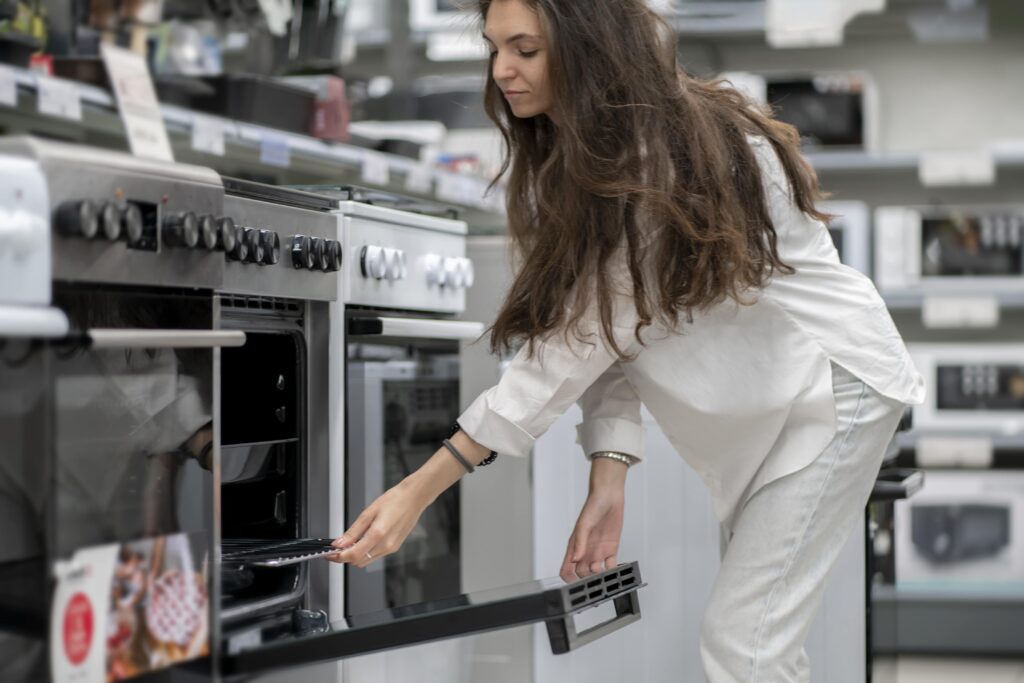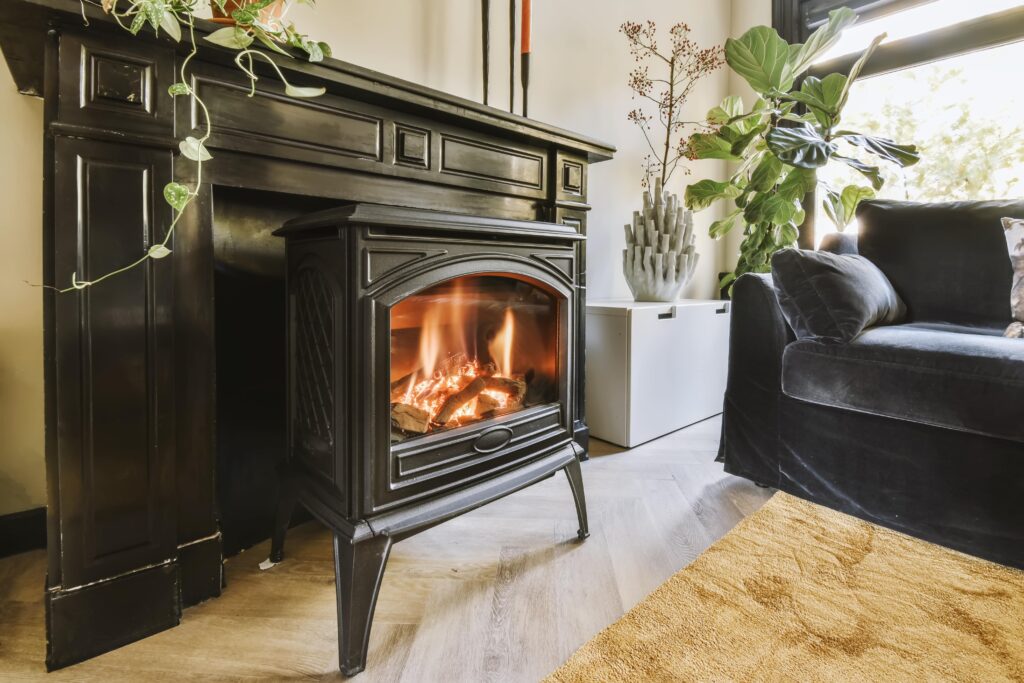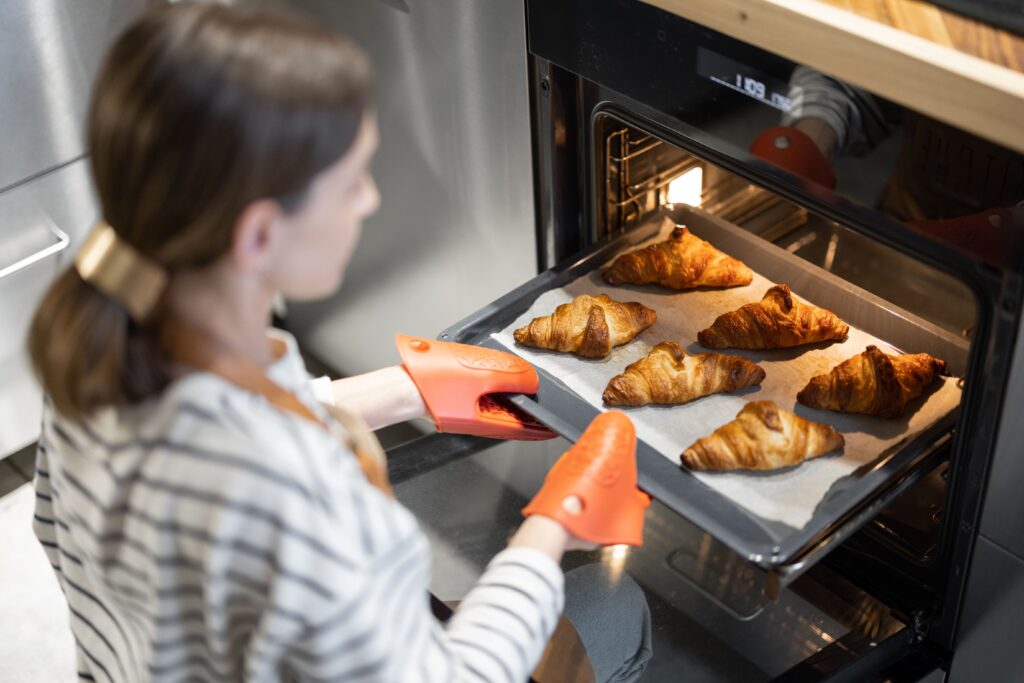
Understanding Kitchen Hoods: Essential for Every Culinary Space
In the realm of kitchen design and functionality, the kitchen hood emerges as a critical component, often overshadowed by shiny appliances and elegant countertops. However, its importance cannot be underestimated. From improving air quality to enhancing the overall aesthetic of the kitchen, kitchen hoods are essential fixtures in any culinary space. This blog post delves deep into the workings, benefits, and considerations of kitchen hoods, providing an extensive guide for homeowners and culinary enthusiasts alike.
What is a Kitchen Hood?
A kitchen hood, also known as an exhaust hood or range hood, is an appliance installed above the cooking surface. Its primary purpose is to ventilate the kitchen by removing smoke, steam, odors, and airborne grease particles—thus improving indoor air quality during cooking activities.
Types of Kitchen Hoods
When considering a kitchen hood, it’s essential to understand the various types available. Below is a comparison table summarizing key features:
| Type of Kitchen Hood | Description | Pros | Cons |
|---|---|---|---|
| Wall-Mounted Hoods | Installed against a wall above the cooking surface. | Easy to install; ideal for corner kitchens. | Limited to wall spaces; may require ductwork. |
| Island Hoods | Suspended from the ceiling above an island cooktop. | Stylish design; excellent for open-concept kitchens. | More expensive; requires ceiling support and ductwork. |
| Under-Cabinet Hoods | Mounted under the kitchen cabinets above the stove. | Space-saving; less intrusive design. | Limited air movement; may not be powerful enough for heavy cooking. |
| Downdraft Hoods | Retractable hoods that rise from behind the cooktop when in use. | Minimal design; doesn’t obstruct views. | Less effective than traditional hoods; requires more maintenance. |
| Range Hoods | Built into the cooking range itself. | Compact design; designed for specific ranges. | Limited to specific styles of cooking appliances. |
Benefits of Kitchen Hoods
Beyond the aesthetic appeal, kitchen hoods offer a multitude of benefits:
- Improved Air Quality: Hoods effectively eliminate smoke, steam, and odors released during cooking, ensuring a healthier environment.
- Fire Safety: They reduce the risk of fire by extracting grease-laden vapors that could ignite.
- Enhanced Comfort: By maintaining appropriate temperature and humidity levels, kitchen hoods provide a comfortable cooking experience.
- Aesthetic Appeal: Available in various styles and finishes, they can enhance the overall kitchen design.
- Increased Property Value: A well-ventilated kitchen can be a significant selling point for potential buyers.
Factors to Consider When Choosing a Kitchen Hood
Selecting the right kitchen hood requires consideration of several factors:
1. Size
The hood should be at least as wide as the cooking surface it covers. Ideally, it should extend a few inches beyond each side of the cooktop.
2. Ventilation Style
Choose between vented (ducted) and non-vented (ductless) options:
- Vented Hoods: Better for removing smoke and odors, but require ductwork.
- Ductless Hoods: Easier to install and maintain but may be less effective.
3. Fan Speed and Noise Level
Check the fan’s power in cubic feet per minute (CFM). A higher CFM is beneficial for heavy cooking. Also, consider the noise level, especially if the kitchen is part of an open-concept area.
4. Style
Match the hood design to your kitchen style. Options include contemporary, traditional, and rustic designs.
5. Filter Type
Filters should be easy to clean and replace. Common types are baffle, mesh, and charcoal filters, with baffle filters being the most effective.
6. Budget
Determine your budget ahead of time. Kitchen hoods can range from affordable to high-end, depending on the brand and features.
Installation and Maintenance
Proper installation and maintenance are critical for optimal performance:
Installation
- Professional Help: It is advisable to hire a professional for installation to ensure proper ductwork (if needed) and compliance with local building codes.
- Height Recommendations: Generally, 24 to 30 inches above the cooking surface is optimal for wall-mounted hoods, while island hoods should be 30 to 36 inches above the cooktop.
Maintenance
- Regular Cleaning: Clean the filters every 1-3 months and the exterior every few weeks to maintain efficiency.
- Check the Ductwork: Ensure there are no blockages in the ductwork that can hinder airflow.
Frequently Asked Questions (FAQs)
1. How do I know what size hood I need?
To determine the required size, measure the cooktop width and add 3-6 inches on each side. The hood should ideally be at least 24 inches wide for standard cooktops.
2. Are ductless hoods effective?
Ductless hoods can be effective, especially in smaller kitchen spaces, but they are best suited for light cooking.
3. What noise level is acceptable for a kitchen hood?
A noise level of 60 decibels or lower is generally considered acceptable, equivalent to background noise levels.
4. How often should filters be replaced?
It depends on usage, but it is recommended to inspect them regularly and replace them when they show signs of wear or become too greasy.
5. Can I install a kitchen hood above a gas stove?
Yes, but ensure it is appropriately rated for use above gas units, typically requiring a higher CFM for effective venting.
A kitchen hood is an indispensable element for every kitchen, enhancing air quality, safety, and overall aesthetics. By understanding the types, benefits, and installation considerations, one can make informed decisions to elevate their culinary space. Whether you’re revamping a kitchen or embarking on a new build, investing in the right kitchen hood will not only improve your cooking experience but also contribute to a healthier and more enjoyable kitchen environment.
Upgrade your kitchen today with high-quality Kitchen Hood from Ovens And Hobs. Enhance your cooking experience with our top-of-the-line range of Kitchen Hoods.


